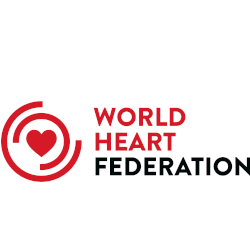State-of-the-Art Review
The Burden of Chagas Disease: Estimates and Challenges
Abstract
Chagas disease, caused by infection with the protozoa Trypanosoma cruzi is transmitted most often by Triatominae insect vectors, but also through blood transfusion, organ transplant, and congenital transmission. Between 5 and 18 million people are currently infected and the infection is estimated to cause more than 10,000 deaths annually. The disease has 3 phases: acute, indeterminate, and chronic. The acute phase immediately follows infection. It is typically asymptomatic but produces fever and malaise in up to 5% of people. The indeterminate phase is asymptomatic. More than one-half of those infected will remain in this phase for life and never experience long-term sequelae. After a decade or more, 20% to 30% of people will experience chronic cardiovascular Chagas disease with sequelae including heart failure, arrhythmias, and thromboembolism. Another 15% to 20% will experience chronic digestive sequela including megaesophagus and megacolon. A complete accounting of the burden of Chagas disease requires estimating the prevalence of the infection, the prevalence of each of its sequelae among those with the infection, and the number of deaths attributable to the infection. Attempts to estimate Chagas disease prevalence are complicated by several challenges imposed by the disease’s extreme spatial heterogeneity, quickly evolving temporal trends, the decades-long lag between infection and symptomatic disease, biased prevalence data, incomplete recognition of Chagas-attributable deaths, limited data on sequela, and a near total absence of data outside of endemic countries. Even though researchers have found methodological approaches to dealing with these challenges, there is a need for better data.
Highlights
- Most current estimates suggest that between 8 million and 12 million people are infected with Trypanosoma cruzi, the protozoa that causes Chagas disease.
- The disease is primarily transmitted by Triatominae insect vectors, and vector-borne transmission is limited to Latin America.
- Even though control initiatives have reduced both the incidence of the disease and the geographic limits of vectorial transmission, migration has increased the number of people infected outside of endemic countries.
- The infection causes burden through acute symptomatic infection, chronic cardiovascular disease, chronic digestive disease, and death.
- Attempts to estimate Chagas disease prevalence are complicated by the disease’s extreme spatial heterogeneity, quickly evolving temporal trends, and biased or limited data.


